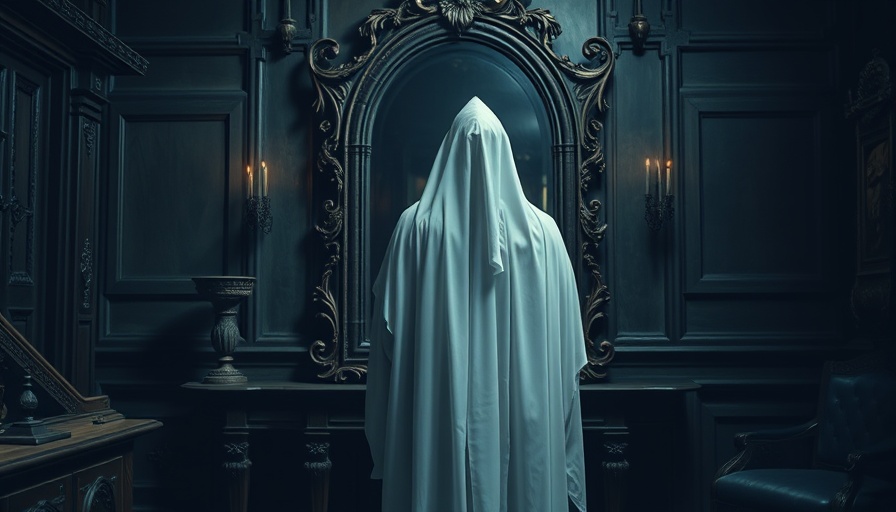
The Limits of Character Customization in Nightreign
In the ever-evolving world of video games, personalization is key to engagement. Yet, the new multiplayer spin-off of the celebrated Elden Ring, Nightreign, places limitations on character customization. Unlike its predecessor, where players could curate unique armor sets to showcase their fashion sense, Nightreign offers a different experience. Fixed character classes and a reset after each run reshape how players approach their outfits. Initially, it might feel disappointing to lose the freedom to mix and match armor pieces; however, as players progress, they can buy curated outfits that suit each character class.
Valuing Strategic Gameplay Over Aesthetic Variety
While many players relish the opportunity to express themselves through intricate armor combinations, the design choice in Nightreign pushes players to prioritize strategic gameplay. The requirement to level up before altering outfits means players first focus on honing their skills and mastering each character’s unique abilities. This approach not only cultivates a deeper understanding of gameplay mechanics but also reinforces core narratives of unity and cooperation in a team-based framework. With the emphasis on developing strategies, players forge stronger connections with their team, setting the stage for a rich cooperative experience.
Expanding the Experience Through Purchase
The ability to purchase outfits, despite the initial constraints, opens avenues for players to expand their in-game experience. As players level up, they can explore various styles and strategies unique to each class. This can enhance the enjoyment of the game, as players might relish the slight difference in abilities that different outfits could provide. Such purchases provide another layer of engagement, allowing players to show off their hard-earned rewards and achievement aesthetic.
Creative Freedom in Game Design: The Balance of Gameplay and Aesthetics
Several game designers advocate that aesthetics play an essential role in player satisfaction. However, from a design perspective, the balance between gameplay mechanics and character customization can be challenging. Nightreign’s focus on fixed character classes may refine gameplay, but it also steers some players away from traditional RPG comforts. The choices made here highlight a broader question in gaming design: how can developers offer compelling narratives while also allowing for personal expression?
A Future with Customization: Predictions for Upcoming Titles
As the gaming landscape evolves, one can predict the emergence of new titles that might learn from the Nightreign model. The anticipated hybrids of multiplayer and open-world exploration may give players back the freedom to evolve their characters without losing sight of core gameplay. Additionally, developers might integrate more engaging ways to blend character appearance with gameplay mechanics, potentially creating an era of games that truly embrace individual expression without sacrificing strategy. This could appeal to both traditional RPG fans and new players looking for innovation.
Conclusion: Embracing Evolution in Gaming
Ultimately, Nightreign pushes players to evolve beyond mere aesthetics, emphasizing a deeper engagement with gameplay and teamwork. As gaming continues to evolve, it’s essential to recognize that every design decision comes with opportunities and challenges. While some may miss the fashion-forward customization of titles like Elden Ring, embracing these changes can enrich the gaming experience, fostering communities rooted in shared strategies and achievements.
 Add Row
Add Row  Add
Add 




Write A Comment